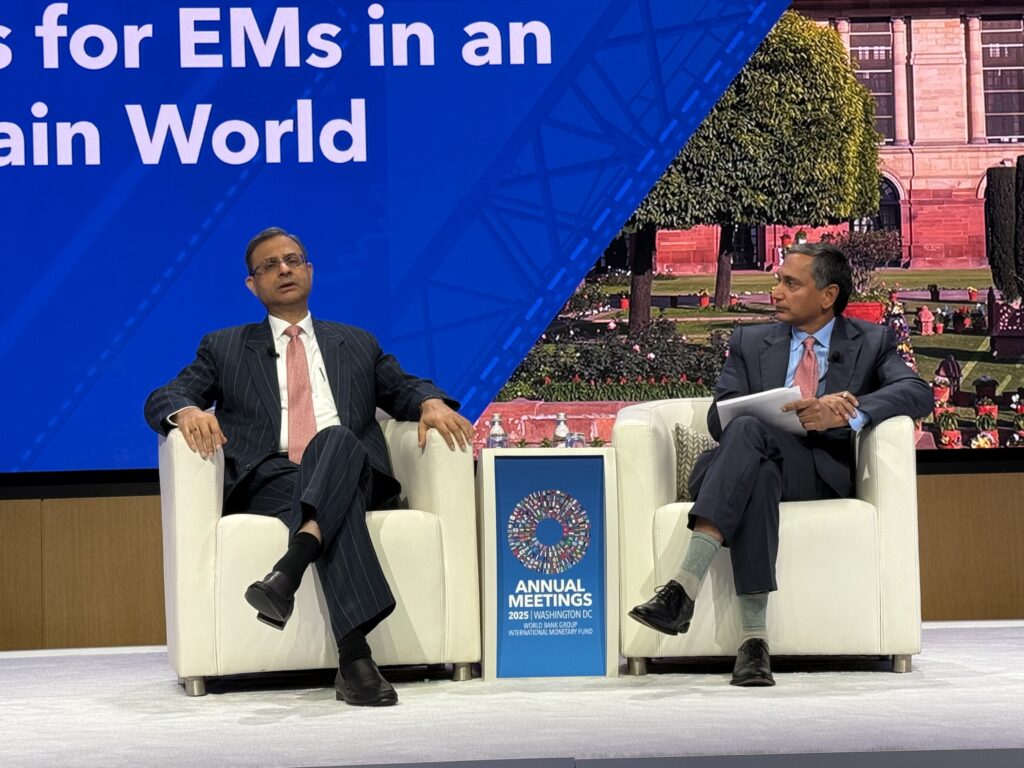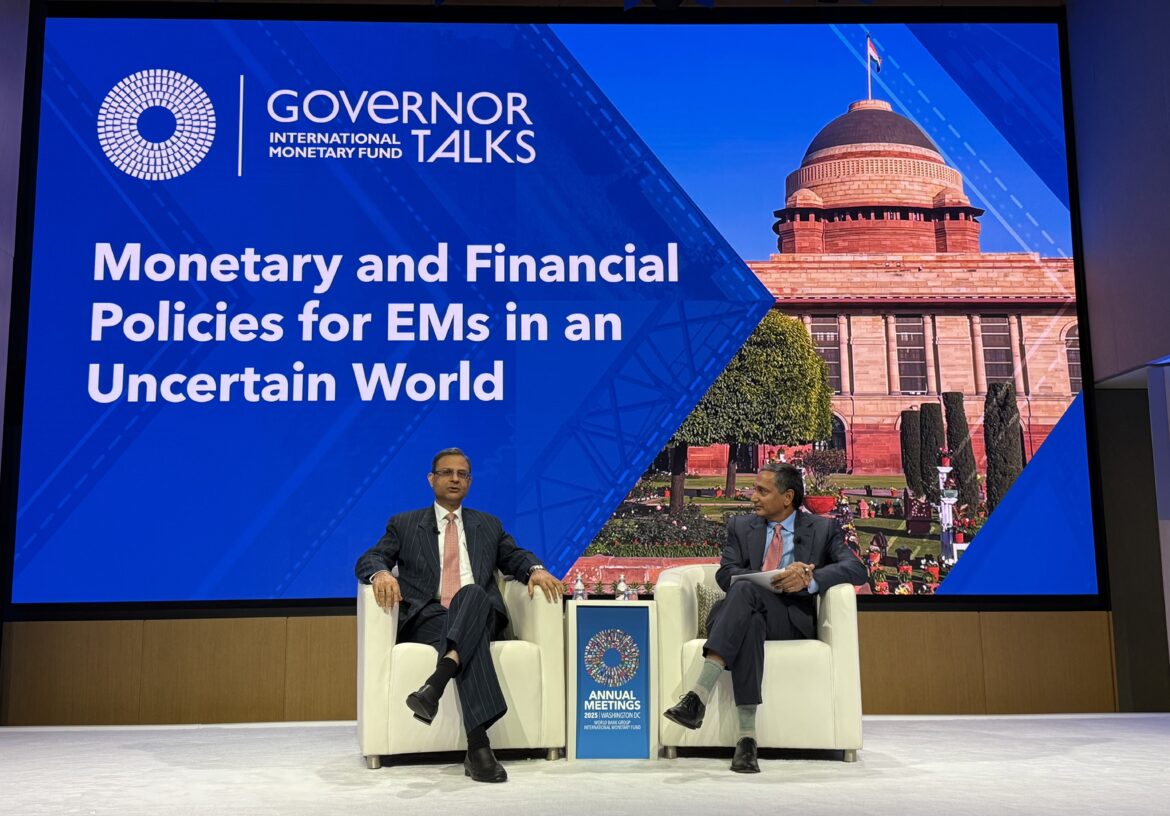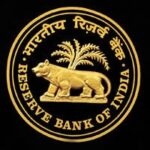Acknowledging the persistent global uncertainty stemming from “geopolitical tensions, policy uncertainty, and high government debt levels” in advanced economies, India’s Reserve Bank Governor, Sanjay Malhotra, affirmed that inflation in India has fallen to 1.5 per cent, while the country continues to post steady growth, with a projected rate of 6.6 to 6.8 per cent for the current fiscal year.
Malhotra noted that India’s projections already factor in higher tariffs as the baseline scenario, adding that negotiations are currently underway between Indian and U.S. officials to resolve tariff-related concerns.
“India is mostly a domestic-driven economy. So, while we are impacted by the higher tariffs, it’s not a matter of huge concern,” he said noting the world’s largest democracy is the fastest growing amongst the major economies.
Malhotra made the remarks during a session titled “Governor Talks – India: Monetary and Financial Policies for Emerging Markets in an Uncertain World,” moderated by Director of the IMF’s Asia and Pacific Department, Krishna Srinivasan, on October 15, at the 2025 Annual Meetings of the World Bank and the International Monetary Fund (IMF) in Washington, D.C.

He explained that the Indian government has coordinated closely with fiscal authorities to manage demand and supply pressures, successfully bringing down the fiscal deficit to 4.4 per cent. The “fiscal rectitude” demonstrated by both the central and state governments, he said, has been instrumental in maintaining stability.
“We have bounced back after the COVID and the implications of the Ukraine-Russian war. We’ve been able to manage our inflation very well,” Malhotra emphasized.
Addressing questions on the volatility of emerging market currencies against the U.S. dollar, he observed that the Indian rupee has not appreciated, unlike several other currencies, due to the impact of higher tariffs and capital outflows. Nonetheless, he stressed that “markets actually in India are quite deep and have a very robust and mature market.”
Malhotra explained that the RBI does not target a specific price level or exchange rate band, instead allowing market forces to determine the exchange rate. The central bank’s role, he said, is to ensure orderly market movements and curb “any undue or any abnormal volatility.” With a current account deficit of around 1 percent of GDP, India’s macroeconomic fundamentals remain strong. He added that exchange rate levels are guided by fundamentals, capital flows, and current account trends.
On the rapid expansion of non-bank credit and digital finance in emerging markets and the need to strike a balance between innovation and financial stability, Malhotra noted, “It’s a very important sector for any economy, including India,” he said, noting that it serves niche areas often beyond the reach of traditional banks but also poses interconnected risks.
He explained that the RBI employs a multi-pronged supervisory and regulatory approach, combining risk-based supervision, skill-based regulation, and enhanced transparency, to safeguard stability.
The RBI, he said, is also advancing efforts on digital currencies for cross-border payments while maintaining a diverse reserve mix that includes gold.
India, he added, is particularly focused on Central Bank Digital Currencies (CBDCs) for cross-border payments, as domestic payment systems are already efficient. Pilot programs for both retail and wholesale CBDCs are currently underway, with plans to scale globally.
“We have a very efficient payment systems domestically… which are very cheap, fast, instantaneous… So the CBDC is for cross-border payments,” Malhotra said, pointing to the ongoing pilot projects at both levels.






